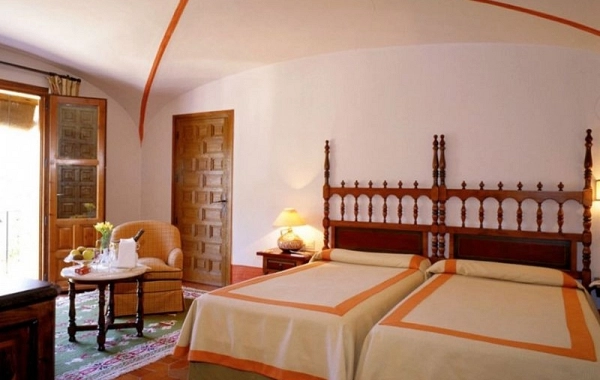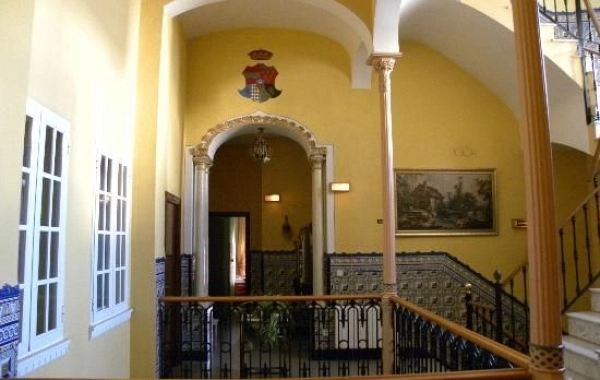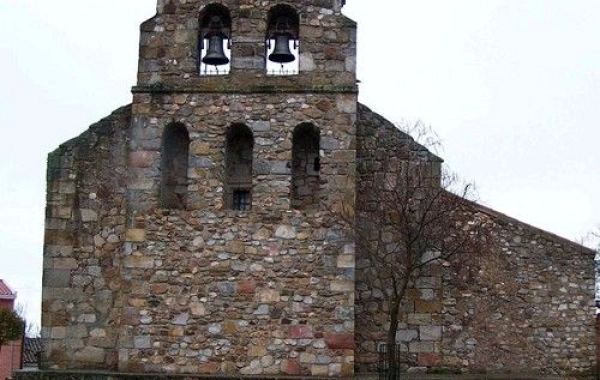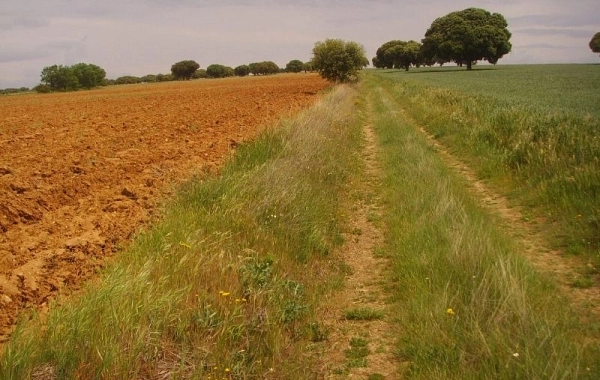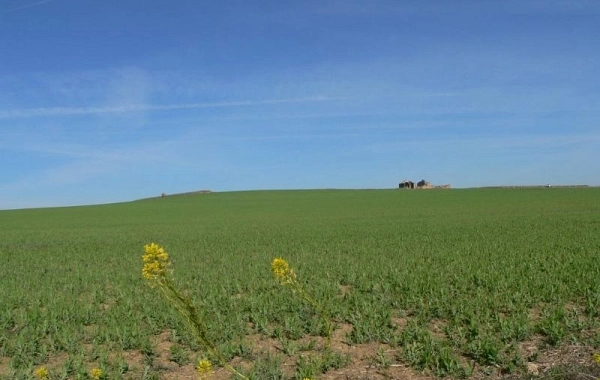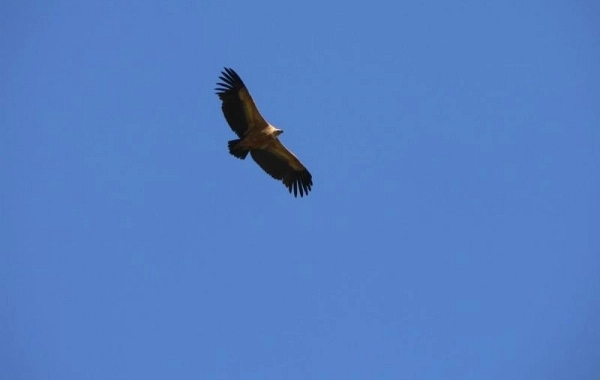VP17 - Fuenterroble de Salvatierra - San Pedro de Rozados - 28 km
Distance28 Km.Related packages
Stage from Fuenterroble to San Pedro de Rozados: Ascent to Pico de la Dueña and the Path of History
In this stage of the Camino de Santiago, pilgrims continue advancing along the Vía de la Plata, a route that takes us through breathtaking landscapes and historical monuments.
Leaving Fuenterroble and Ascending to Pico de la Dueña
We depart from Fuenterroble de Salvatierra via the road leading to Casafranca, and soon return to the ancient Roman road. Along the way, we will pass the remains of an old monastery. The next part of the route takes us to a challenging ascent: the climb to Pico de la Dueña, the highest point of this stage.
The Cross of Santiago on Pico de la Dueña
At the top of Pico de la Dueña, a large Cross of Santiago stands, a significant symbol for pilgrims on their way to Compostela. At the foot of the rock, we find the silhouette of a pilgrim painted on the stone. It is tradition for those passing by to carve the figure with a stone, thus perpetuating their image on the path.
Descent to San Pedro de Rozados
After enjoying the views from the peak, we descend and follow the path next to the road until we reach the Dehesa de Calzadilla de los Mendigos. We then take the first turn to the left, which leads us to the picturesque village of San Pedro de Rozados.
San Pedro de Rozados: A Village of Tradition and Hospitality
San Pedro de Rozados is the largest municipality in the Campo Charro region of Salamanca. In this place, pilgrims find themselves surrounded by oak groves and dehesas, an ideal environment for livestock, especially the native Raza Morucha cattle and fighting bulls. The village, located on a hill, stands out for its picturesque houses, which are all connected. According to some locals, the name of the village is linked to a nearby dehesa where pilgrims' wounds were treated, adding a historical touch to the journey.
What to See in San Pedro de Rozados
Church of San PedroAt the center of the village is the Church of San Pedro, a 17th-century temple built mainly from stone. The church features a belfry with four levels, and its bell tower is still operated manually, making it a special place for pilgrims on their route to Compostela.
Stages
- VP01 Sevilla - Guillena , 22 km
- VP02 - Guillena - Castilblanco de los Arroyos - 19 km
- VP03 - Castilblanco de los Arroyos - Almadén de la Plata - 29,5 km
- VP04 - Almadén de la Plata-Monesterio - 34,5 km
- VP05 - Monesterio-Fuente de Cantos - 21,6 km
- VP06 - Fuente de Cantos - Zafra - 24,6 km
- VP07 - Zafra - Almendralejo - 36,7 km
- VP08 - Almendralejo - Mérida - 29,6 km
- VP09 - Mérida - Alcuéscar - 36 km
- VP10 - Alcuéscar - Valdesalor - 25,7 km
- VP11 - Valdesalor - Casar de Cáceres - 22,8 km
- VP12 - Casar de Cáceres - Cañaveral - 33,2 km
- VP13 - Cañaveral - Galisteo - 28 km
- VP14 - Galisteo - Cáparra - 29,5 km
- VP15 - Cáparra - Baños de Montemayor - 28,5 km
- VP16 - Baños de Montemayor - Fuenterroble de Salvatierra - 32,9 km
- VP17 - Fuenterroble de Salvatierra - San Pedro de Rozados - 28 km
- VP18 - San Pedro de Rozados - Salamanca - 23,4 km
- VP19 - Salamanca- El Cubo de la Tierra del Vino - 35 km
- VP20 - El Cubo de la Tierra del Vino - Zamora - 31,6 km
- VP21 - Zamora - Montamarta - 18,5 km
- VP22 - Montamarta - Granja de Moreruela - 22,7 km
- VP23 - Granja de Moreruela - Benavente - 25,5 km
- VP24 - Benavente - Alija del Infantado - 22,1 km
- VP25 - Alija del Infantado - La Bañeza - 20,5 km
- VP26 - La Bañeza - Astorga - 24,2 km




